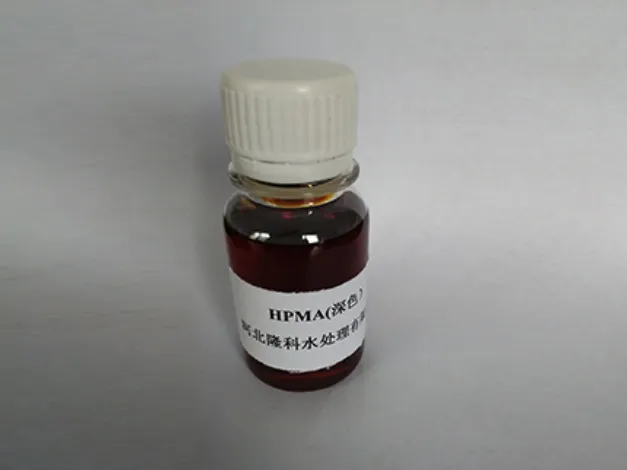polyaspartic acid
The Versatility of Polyaspartic Acid A Comprehensive Overview
Polyaspartic acid, a derivative of aspartic acid, is garnering attention for its unique properties and applications across multiple industries. With the growing need for sustainable and effective materials, polyaspartic acid has emerged as a key player in the field of polymers and coatings. This article aims to explore the characteristics, synthesis, and applications of polyaspartic acid, heralding its potential in various domains.
Chemical Structure and Properties
Polyaspartic acid is classified as a biodegradable polymer that belongs to the family of polyamino acids. Its chemical structure comprises long chains of aspartic acid units, which contribute to its remarkable characteristics. Notably, polyaspartic acid exhibits excellent water solubility, permeability, and biocompatibility, making it an attractive option for a wide range of applications.
One of its most significant properties is its ability to form strong inter- and intra-molecular hydrogen bonds. This property enhances the stability and mechanical strength of materials that incorporate polyaspartic acid. Additionally, the polymer is known for its low toxicity and environmental friendliness, aligning well with the increasing emphasis on green chemistry and sustainable practices.
Synthesis of Polyaspartic Acid
The synthesis of polyaspartic acid can be achieved through various methods, including the polymerization of aspartic acid derivatives. One common approach is the polycondensation of aspartic acid in the presence of a catalyst. The versatility of synthesis methods allows for the tailoring of the polymer's molecular weight and properties, accommodating specific application requirements.
Researchers are actively exploring innovative approaches to synthesize polyaspartic acid, such as using renewable resources and cutting-edge techniques like enzymatic synthesis
. These advancements are expected to enhance the efficiency and sustainability of production processes, ultimately leading to more eco-friendly alternatives in the market.polyaspartic acid

Applications of Polyaspartic Acid
The applications of polyaspartic acid are vast and varied. In the coatings industry, it has become a preferred choice for formulating protective and decorative coatings. Polyaspartic coatings demonstrate exceptional resistance to UV radiation, chemicals, and abrasion, making them suitable for use in high-wear environments, such as industrial floors and automotive finishes. Moreover, they cure rapidly, reducing downtime and increasing productivity.
In the realm of biomedical applications, polyaspartic acid shows promise as a biomaterial due to its biodegradability and biocompatibility. It can be utilized for drug delivery systems, wound healing dressings, and tissue engineering scaffolds. The ability of polyaspartic acid to interact favorably with biological tissues enhances its potential in developing innovative therapeutic solutions.
Additionally, polyaspartic acid is being investigated for its role in agriculture, particularly as a nitrogen source in fertilizers. Being a derivative of aspartic acid, it can provide essential nutrients to plants while minimizing environmental impact. Its slow-release properties ensure that crops receive a steady supply of nitrogen, promoting healthy growth without contributing to nitrate leaching.
Future Perspectives
As the global focus shifts towards sustainable materials and practices, the relevance of polyaspartic acid is likely to increase. Ongoing research and development efforts are aimed at harnessing its properties for new applications and improving synthesis methods to reduce environmental footprints further. Collaborative endeavors between academia and industry will be crucial in unlocking the full potential of polyaspartic acid and integrating it into mainstream use.
In conclusion, polyaspartic acid stands out as a versatile polymer with promising applications across various fields. Its advantageous properties, combined with its environmentally friendly nature, position it as a key material in the drive toward sustainable innovation. As research continues to expand on its capabilities, we can anticipate more groundbreaking uses that could transform industries and improve our quality of life.
-
Pbtc Scale InhibitorPBTC: A Scale Protector for Industrial Water TreatmentNewsAug.05,2025
-
Organic Phosphonate: An Efficient Defender in the Field of Scale InhibitionNewsAug.05,2025
-
Hydrolyzed Polymaleic Anhydride: Green Pioneer in Scale Inhibition FieldNewsAug.05,2025
-
PAPEMP Polyamino Polyether Methylene Phosphonic Acid For SaleNewsAug.05,2025
-
Flocculant Water Treatment: A Pioneer in Purification in the Field of Water TreatmentNewsAug.05,2025
-
Benzyl Isothiazolinone: An Efficient and Broad-Spectrum Antibacterial Protective GuardNewsAug.05,2025





